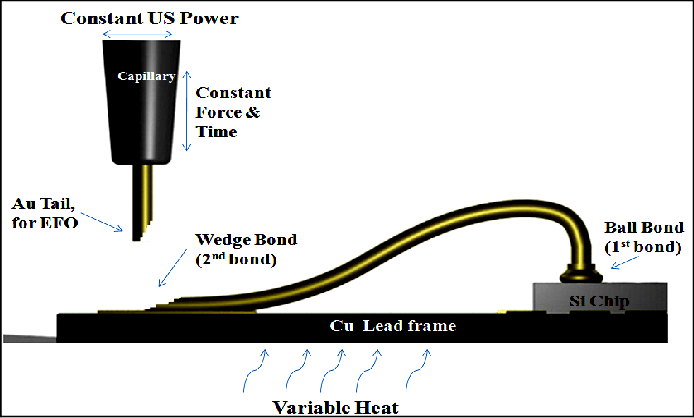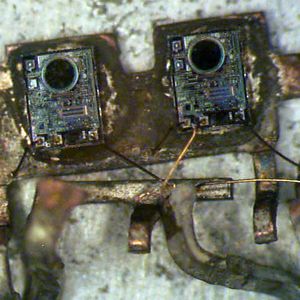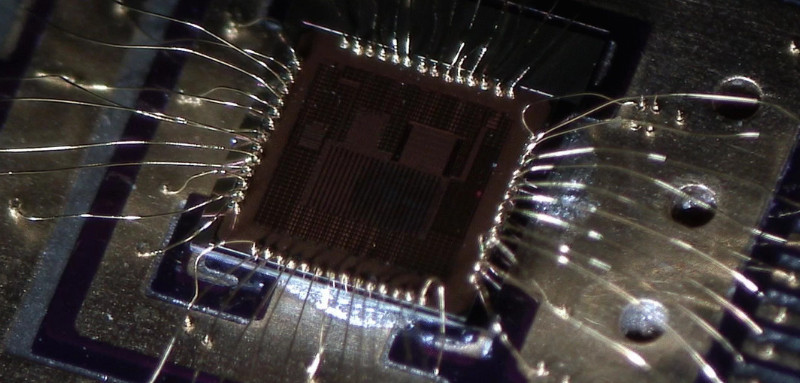Crack Microcontroller ATmega640PV Code
Crack Microcontroller ATmega640PV secured fuse bit and read MCU ATmega640PV Code from program and eeprom memory, then recover heximal to new Microprocessor ATmega640PV;

In ATtiny15L four Port B pins – PB2, PB3, PB4, and PB5 – have alternative functions as inputs for the ADC. If some Port B pins are configured as outputs, it is essential that these do not switch when a conversion is in progress when Crack Microcontroller code.
This might corrupt the result of the conversion. During Power-down mode and ADC Noise Reduction mode, the Schmitt triggers of the digital inputs are disconnected on these pins if Crack Microcontroller code.
This allows an analog input voltage close to VCC/2 to be present during Power-down without causing excessive power consumption. The Port B pins with alternate functions are shown in Table 1 on page 4 before Crack Microcontroller code.
When the pins PB4..0 are used for the alternate function, the DDRB and PORTB registers have to be set according to the alternate function description. When PB5 is used as external reset pin, the values in the corresponding DDRB and PORTB bit are ignored.
The Port B Input Pins address (PINB) is not a register, and this address enables access to the physical value on each Port B pin. When reading PORTB, the PORTB Data Latch is read, and when reading PINB, the logical values present on the pins are read when Crack mcu dsPIC30f2020 program.
The lower five pins in Port B are equal when used as digital I/O pins. PBn, general I/O pin: The DDBn bit in the DDRB register selects the direction of this pin.
If DDBn is set (one), PBn is configured as an output pin. If DDBn is cleared (zero), PBn is configured as an input pin. If PORTBn is set (one) when the pin is configured as an input pin, the MOS pull-up resistor is activated.
To switch the pull-up resistor off, the PORTBn has to be cleared (zero) or the pin has to be configured as an output pin. Pull-ups for all ports can be disabled also by setting PUD-bit in the MCUCR register after Crack Microcontroller code.
Tags: crack microcontroller software archive,crack microcontroller software binary,crack microcontroller software code,crack microcontroller software content,crack microcontroller software data,crack microcontroller software eeprom,crack microcontroller software file,crack microcontroller software firmware,crack microcontroller software heximal,crack microcontroller software information,crack microcontroller software memory,crack microcontroller software program



